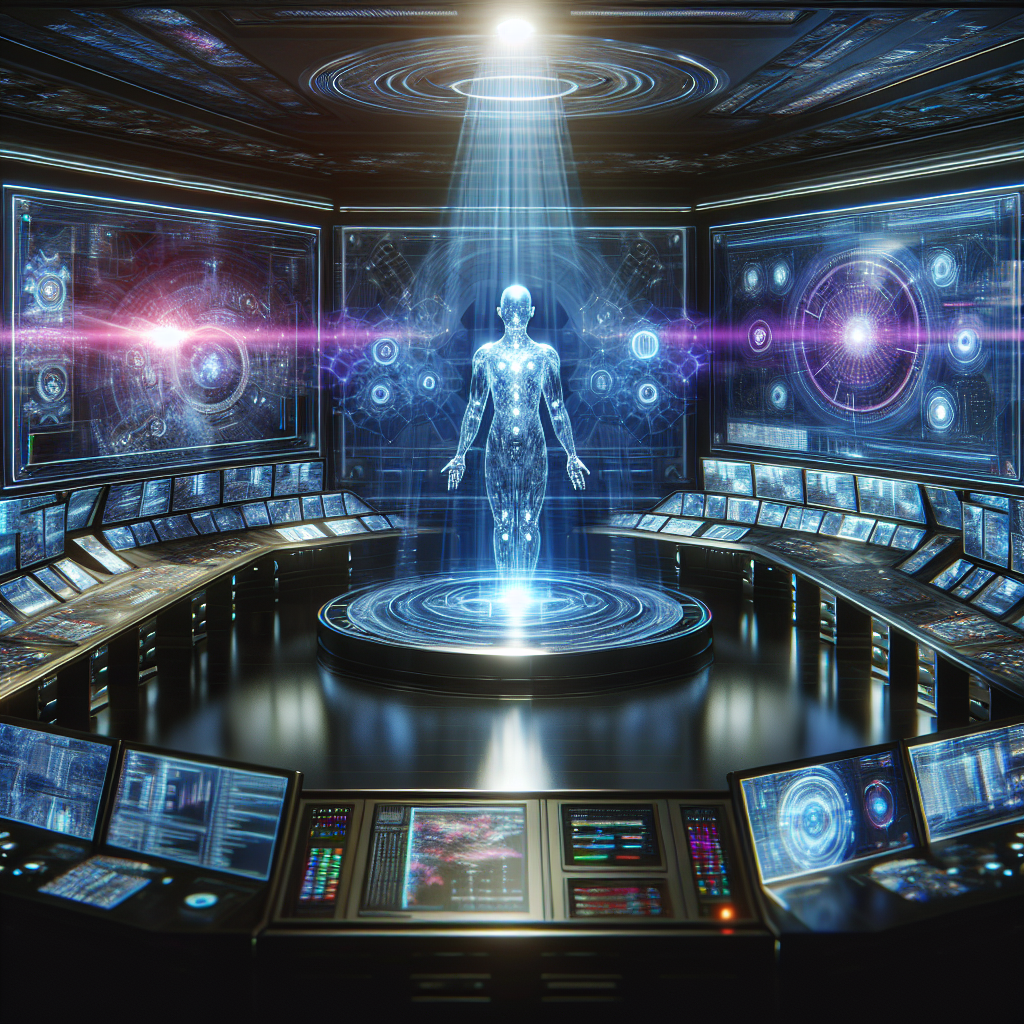Enhancing Cybersecurity: Balancing AI Automation Against Emerging Threats
CyberSecurity
Enhancing Cybersecurity: Balancing AI Automation Against Emerging Threats
The digital landscape is evolving at an unprecedented pace, making cybersecurity a top priority for organizations worldwide. As cyber threats become more sophisticated, many companies have turned to automation, particularly in the form of artificial intelligence (AI), as a way to bolster their defenses. However, the question arises: Can too much automation be detrimental to cybersecurity efforts? This article explores the advantages and potential pitfalls of relying heavily on AI automation while offering insights into achieving a balanced approach.
The Rise of AI Automation in Cybersecurity
AI automation in cybersecurity offers several advantages that make it an attractive option for businesses:
- Efficiency: AI-driven tools process data at speeds far beyond human capability, enabling quick detection and response to threats.
- 24/7 Monitoring: Unlike human analysts, AI systems can operate continuously without fatigue, providing constant surveillance.
- Consistency: Automated systems follow predefined protocols consistently, minimizing human error.
- Pattern Recognition: AI is capable of recognizing complex patterns in data, making it effective at identifying anomalies associated with cyber threats.
The Drawbacks of Over-Reliance on AI Automation
While AI automation presents numerous benefits, an over-reliance on this technology could pose certain risks:
- False Positives: Automated systems may generate false positives, which can lead to alert fatigue. Overwhelmed security teams might overlook genuine threats as they sift through numerous inaccurate alerts.
- Lack of Context: AI lacks the nuanced understanding that human analysts bring to cybersecurity. Machines may struggle to grasp the full context of a situation, potentially leading to incorrect threat assessments.
- Adaptive Adversaries: Cybercriminals constantly evolve their tactics. An over-reliance on automation might leave organizations vulnerable to new attack vectors that AI systems are not yet equipped to handle.
- Complacency Risk: Organizations might become complacent, assuming that AI can handle all aspects of cybersecurity without human oversight, resulting in gaps in their defense strategy.
Striking a Balance Between AI Automation and Human Expertise
To maximize the benefits of AI automation without falling prey to its pitfalls, organizations should focus on blending technology with human expertise:
Integrating Human Intuition with AI Capabilities
Human intuition and experience remain invaluable in cybersecurity. By integrating AI systems with human oversight, organizations can enhance their threat detection and response capabilities.
- Augmented Decision Making: AI can provide analysts with insights and data-driven recommendations, enabling them to make informed decisions.
- Customizable Alerts: Organizations can tailor AI-generated alerts based on human input, reducing false positives and improving response times.
Continuous Learning and Adaptation
AI systems should not remain static. Organizations should invest in continuous learning models to ensure their cybersecurity tools adapt to emerging threats.
- Regular Updates: Regularly updating AI models with new data can enhance their ability to detect the latest cyber threats.
- Feedback Loops: Establishing feedback loops between human analysts and AI systems can help refine algorithms and improve accuracy.
Emphasizing Human-Centric Security Training
AI automation should be complemented with robust human-centric security training to create a holistic cybersecurity strategy.
- Education and Awareness: Continuous training programs for employees can improve their understanding of cybersecurity best practices and enhance the human element of threat detection.
- Scenario-Based Training: Simulating real-world attack scenarios can prepare employees to identify and respond to threats effectively.
Future Prospects: The Evolving Role of AI in Cybersecurity
As AI technology continues to advance, its role in cybersecurity is expected to grow. However, the importance of maintaining a balance between automation and human intervention will remain crucial.
- Ethical Considerations: Organizations must navigate ethical challenges surrounding AI in cybersecurity, ensuring systems are transparent and accountable.
- Collaborative Innovation: Collaboration between AI developers, cybersecurity experts, and regulatory bodies can drive innovation while maintaining security standards.
Ultimately, the synergy between AI automation and human expertise will be key in building resilient cybersecurity frameworks that can adapt to the ever-changing threat landscape.
Conclusion
While AI automation has revolutionized cybersecurity by providing rapid threat detection and response capabilities, an over-reliance on this technology can introduce vulnerabilities. By blending AI with human expertise, organizations can create a comprehensive security strategy that effectively counters emerging threats. Striking this balance will not only enhance cybersecurity defenses but also ensure a more robust and adaptive approach to protecting digital assets in today’s interconnected world.
